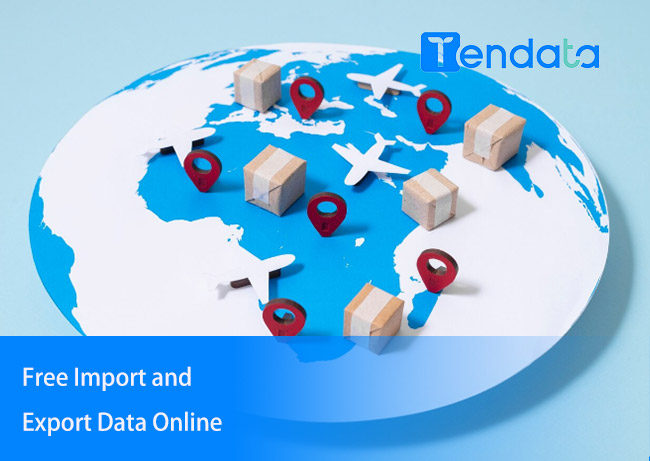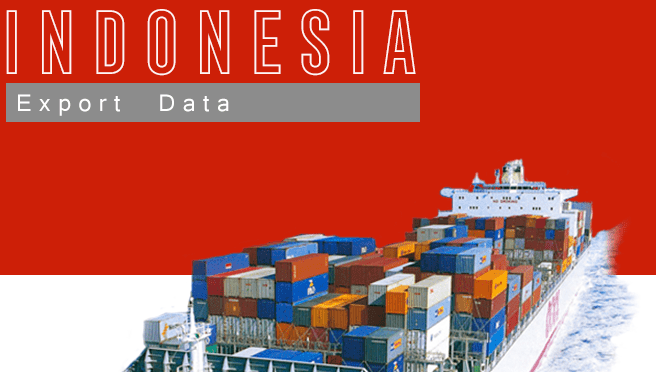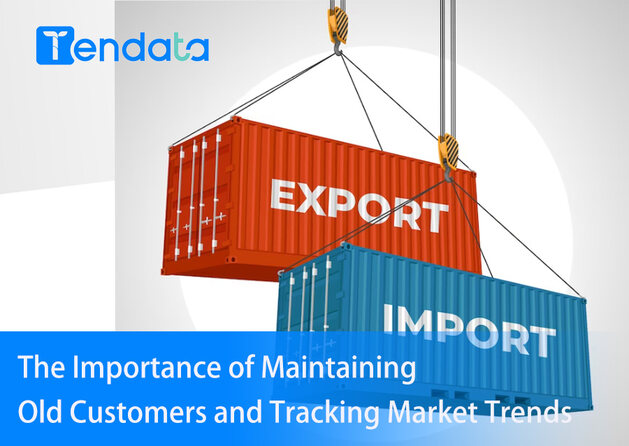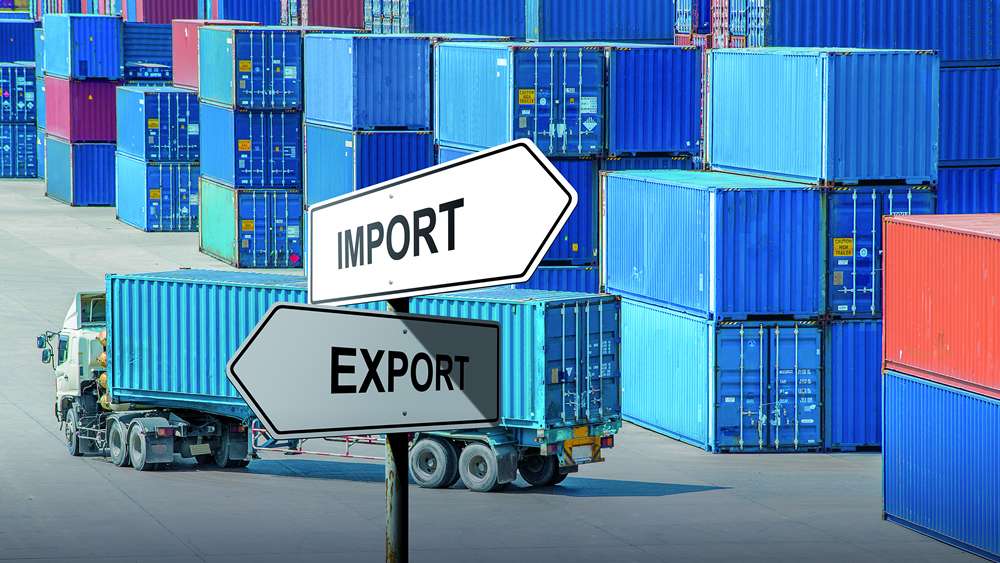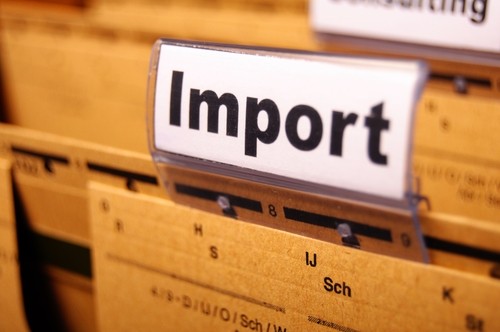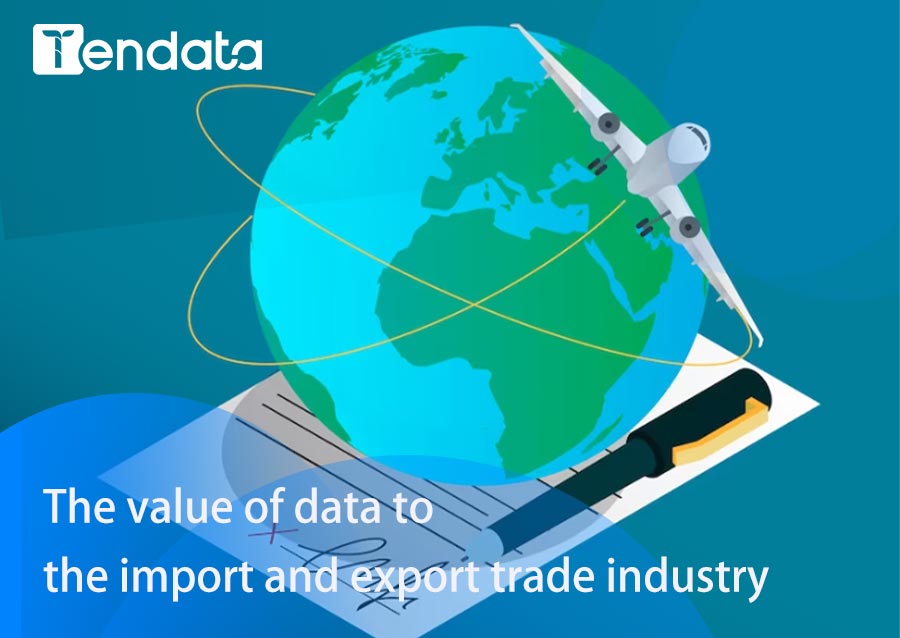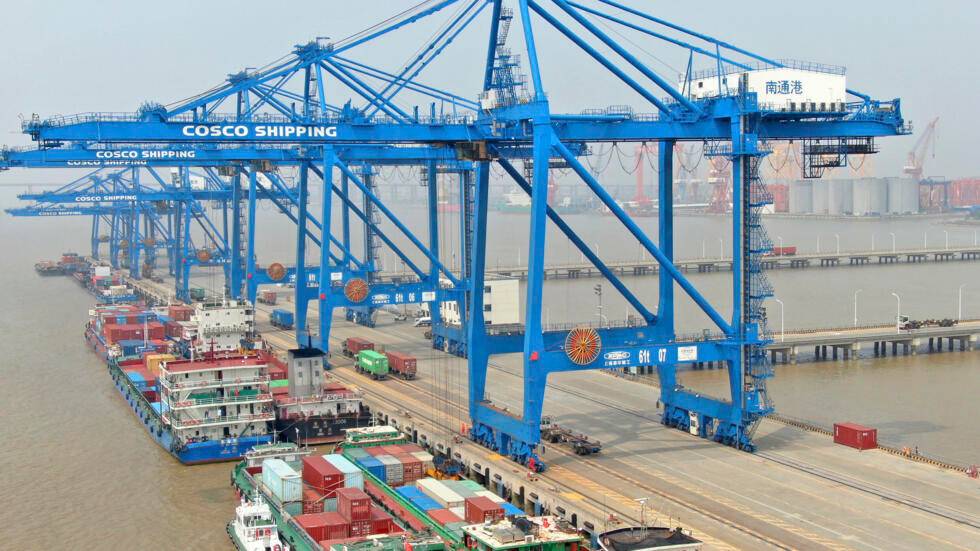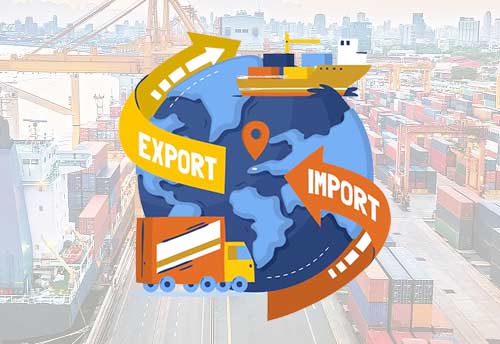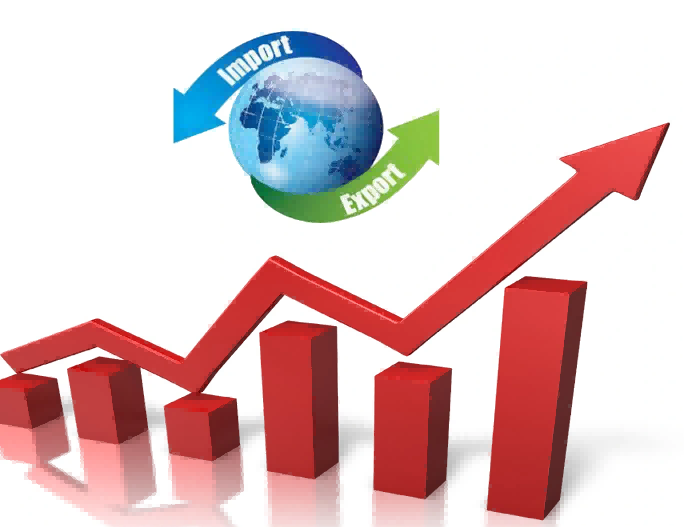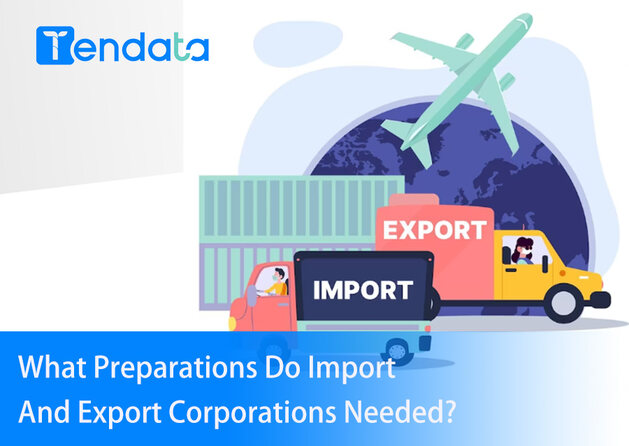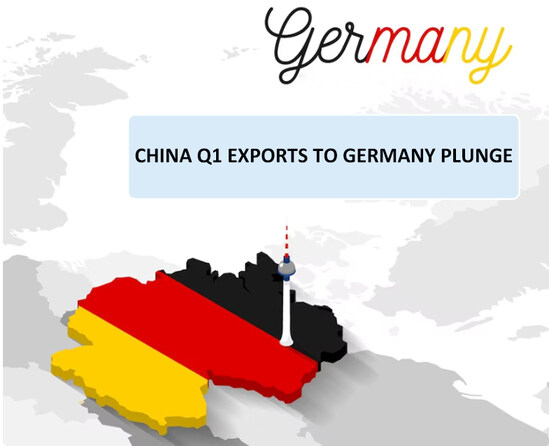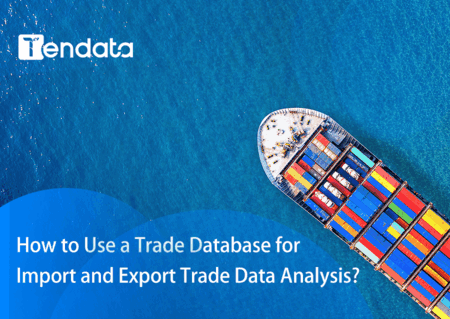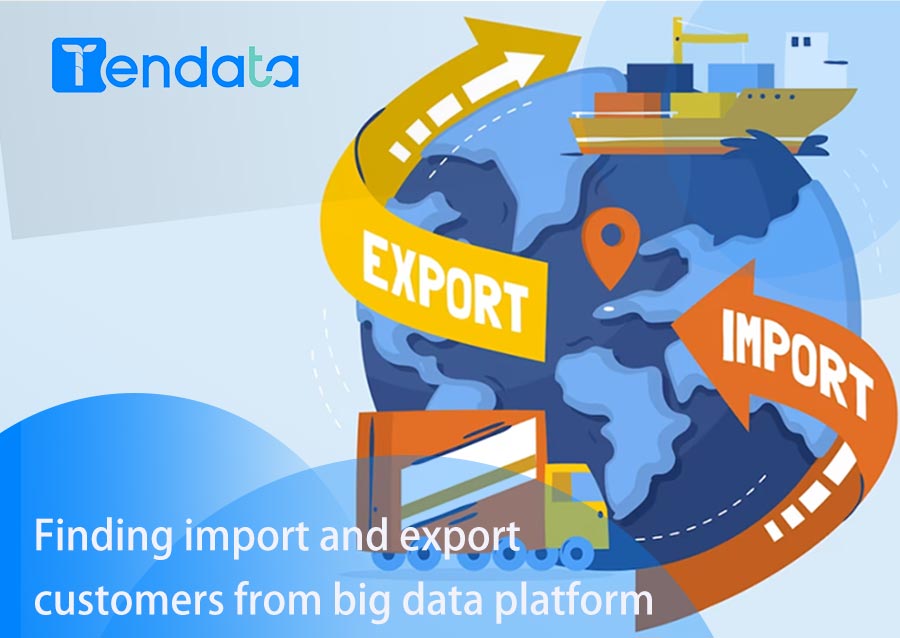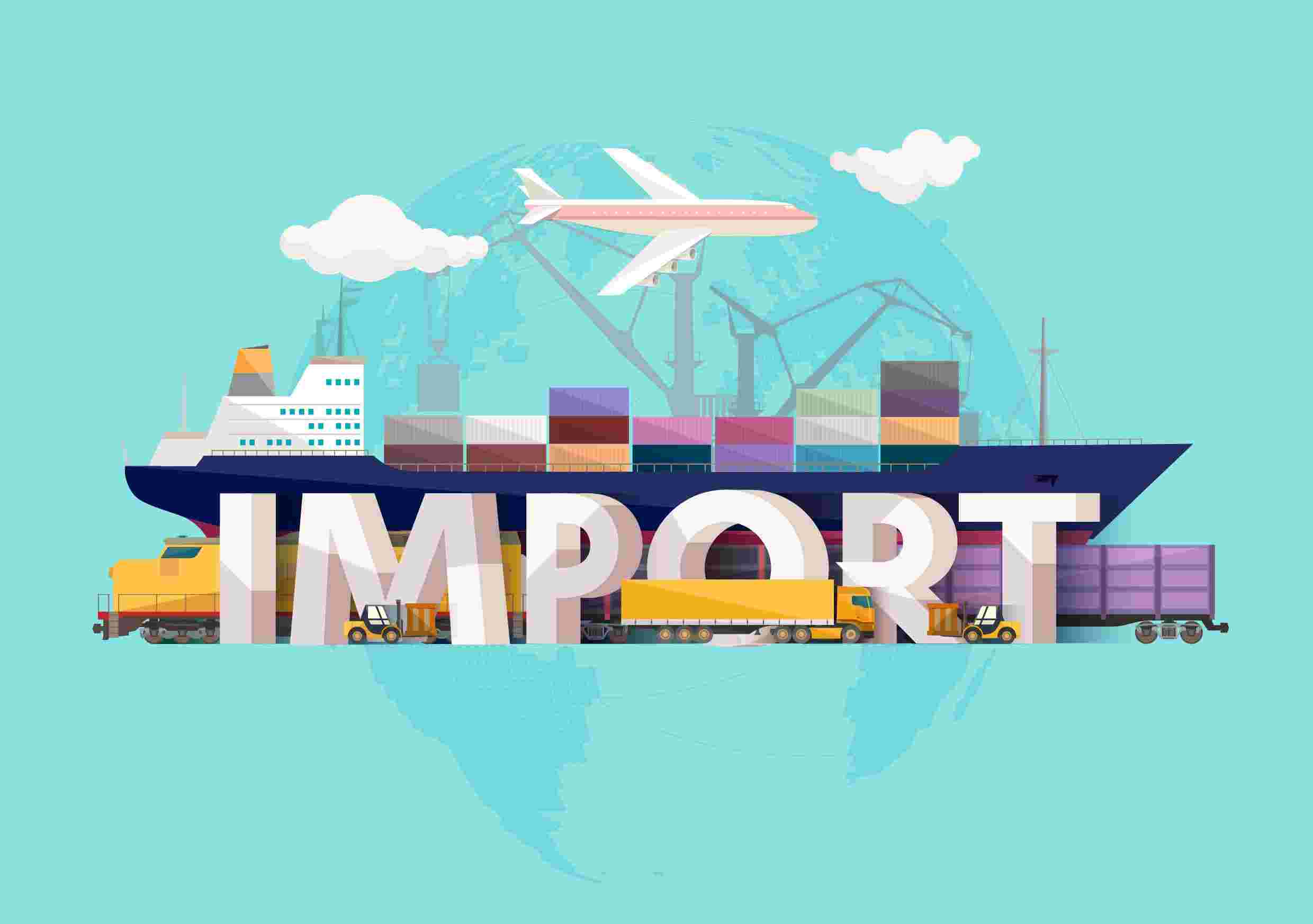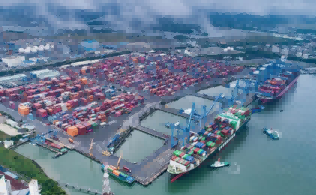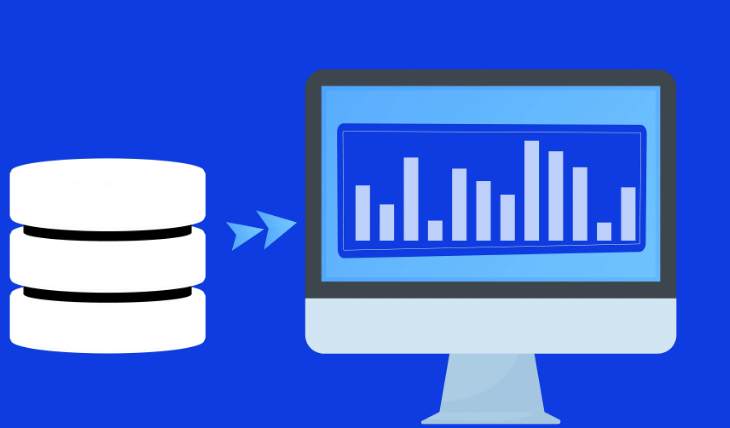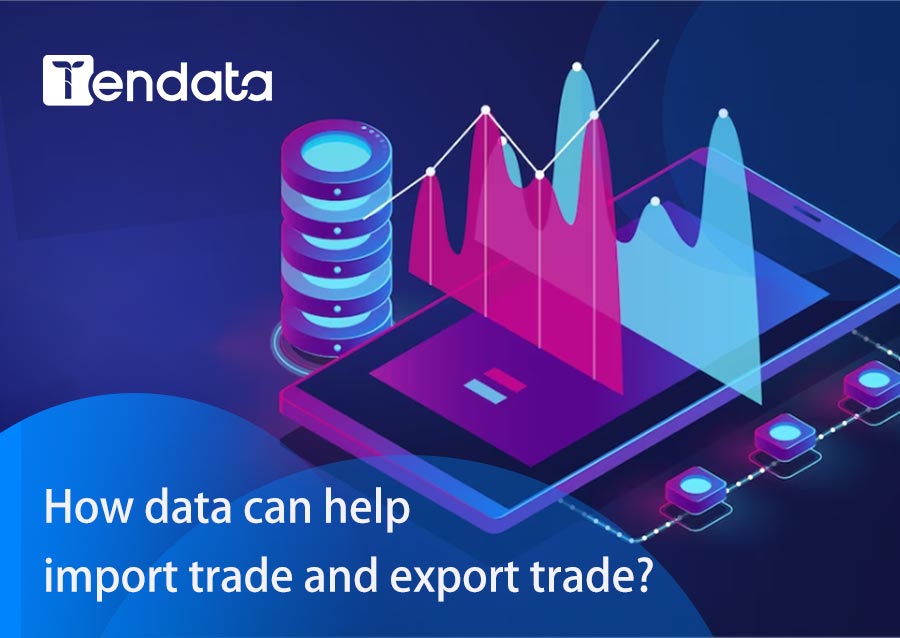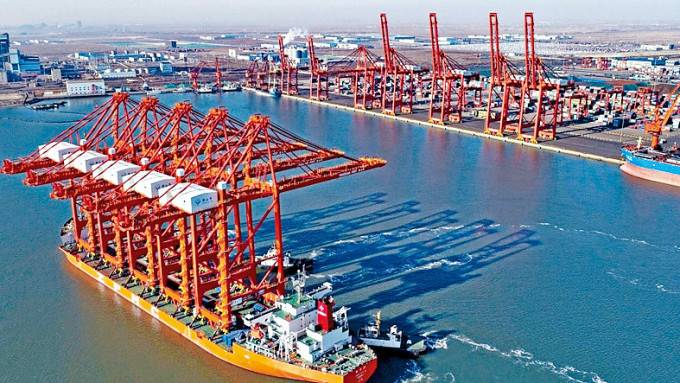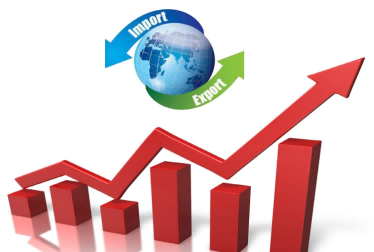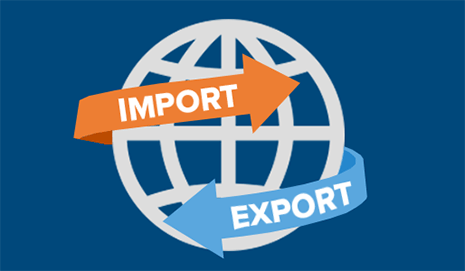 Trade Data
Trade Data
 2023-05-12
2023-05-12
Global trade is a complex and dynamic landscape, with importers and exporters constantly seeking ways to gain a competitive edge. In today's data-driven world, utilizing comprehensive and reliable trade database is essential for making informed business decisions. One such trade database that can provide valuable insights for import and export trade data analysis is Tendata. In this article would discuss how Tendata can be effectively used for import and export trade data analysis.

What is Tendata?
Tendata is a leading global trade database that provides access to a vast repository of import and export data from over 80 countries. It covers a wide range of industries, including agriculture, automotive, chemicals, electronics, textiles, and more. Tendata collects, organizes, and analyzes trade data from various sources, including customs records, shipping manifests, trade statistics, and other reliable sources. The database offers comprehensive and up-to-date trade data, including product descriptions, quantities, values, trade partners, countries of origin, and other relevant details.
Functions of Import and Export Trade Database Analysis
Import and export trade database analysis plays a crucial role in understanding and evaluating the dynamics of international trade. Here are some key functions of import and export trade data analysis:
1. Market research: Import and export trade data analysis helps in conducting market research by providing insights into the size, trends, and growth of international markets. This data can be used to identify potential markets for exporting products or sourcing products for importing, and to evaluate the demand and competition in different markets.
2. Monitoring trade flows: Trade data analysis allows businesses and policymakers to monitor the volume and value of imports and exports, as well as changes in trade balances, tariffs, and non-tariff barriers. This information can help in identifying trade patterns, opportunities, and risks, and in making informed decisions related to trade policies, supply chain management, and business strategies.
3. Identifying trade partners: Trade data analysis helps in identifying potential trade partners, such as countries or regions that have a strong demand for specific products or services, or countries that are major suppliers of certain goods. This information can be used to establish trade relationships, negotiate trade agreements, and diversify trade partners to mitigate risks associated with over-reliance on a single market.
4. Assessing competitiveness: Import and export trade data analysis provides information on the competitiveness of different countries or regions in terms of their share in global trade, comparative advantage in specific products or sectors, and changes in market share over time. This analysis can help in identifying competitive strengths and weaknesses, and in formulating strategies to enhance competitiveness in international markets.
5. Forecasting and planning: Trade data analysis can be used for forecasting and planning purposes, such as predicting future trade volumes, identifying emerging trends, and assessing the potential impact of trade policies or geopolitical events on international trade. This information can be used for strategic planning, risk management, and decision-making related to investment, production, and marketing activities.
6. Compliance and regulatory requirements: Import and export trade data analysis can assist businesses in meeting compliance and regulatory requirements related to international trade, such as customs regulations, trade sanctions, and trade agreements. This analysis can help in identifying potential risks of non-compliance, ensuring proper documentation and record-keeping, and managing trade-related compliance risks.
7. Performance measurement: Trade data analysis can be used to measure the performance of businesses, industries, or economies in terms of their trade activities. This includes evaluating the growth and contribution of exports and imports to the economy, assessing trade balances, and analyzing trade-related indicators such as trade intensity, diversification, and sophistication.
Using Tendata Trade Database for Import and Export Analysis
Tendata trade database offers a plethora of features and functionalities that can be leveraged for import and export trade data analysis.
Tendata accurately crawls import and export trade database from the Internet. When you enter a product, Tendata can provide you with nearly year of trade data, giving you j precise insight into market dynamics. Of course, you can also adjust the time to get the most recent month of market trade information, or even all trade information for a decade. The amazing features of the data platform can help you do all these, eliminating the time cost of slow searching and summarizing on the Internet.
You can get the global trade trend of your own business products, the number of global trade this year and the ratio of the same period, so that you know exactly the global market trend of your products this year. Comparison of the number of global importers and exporters lets you know if more competitors are coming inside the industry and if you need to adjust your business strategy. Target market analysis allows you to know the world import and export trade trends of your products, in which countries are more imports, which countries are more exports, and the rise and fall of import and export volumes.
In addition to global trade database, you can also get trade data for specific regions. Instead of searching the Internet blindly for information, you can analyze the prospects of importing or exporting your products to a particular region in a more targeted manner, and the data in the Tendata database is accurate to the top 10 importers or exporters in that region, allowing you to know the industry dynamics of your competitors in advance. You will also be able to get customs information on import and export related products, including HS codes and port specifics.
In summary, import and export trade database analysis serves as a valuable tool for businesses, policymakers, and researchers to gain insights into international trade dynamics, identify opportunities, manage risks, and make informed decisions related to trade policies, strategies, and operations.
Category
Leave Message for Demo Request or Questions


 T-info
T-info T-discovery
T-discovery

 My
Tendata
My
Tendata Market Analysis
Market Analysis Customer
Development
Customer
Development Competitor
Monitoring
Competitor
Monitoring Customer Relationship
Customer Relationship